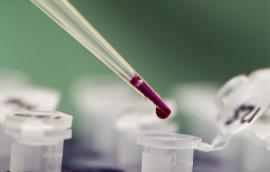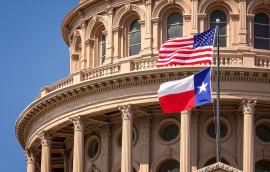Center for Health and Biosciences | Biomedical Research | International Stem Cell Policy | Compilation
Human Embryo Research in the U.S. The papers in this series examine the ethical, policy and scientific issues that arise in the controversial field of human embryo research.
The reports are part of the grant “Drawing the Line: Assessing and Analyzing the U.S. Rule on Embryo Research from Ethical, Political, and Scientific Perspectives,” which was funded by The Greenwall Foundation. Additional support for the project was provided by the Brocher Foundation and the Baker Institute’s State of Qatar Endowment for International Stem Cell Policy.
Kirstin R.W. Matthews, Ana S. Iltis, Daniel S. Wagner January 23, 2019






